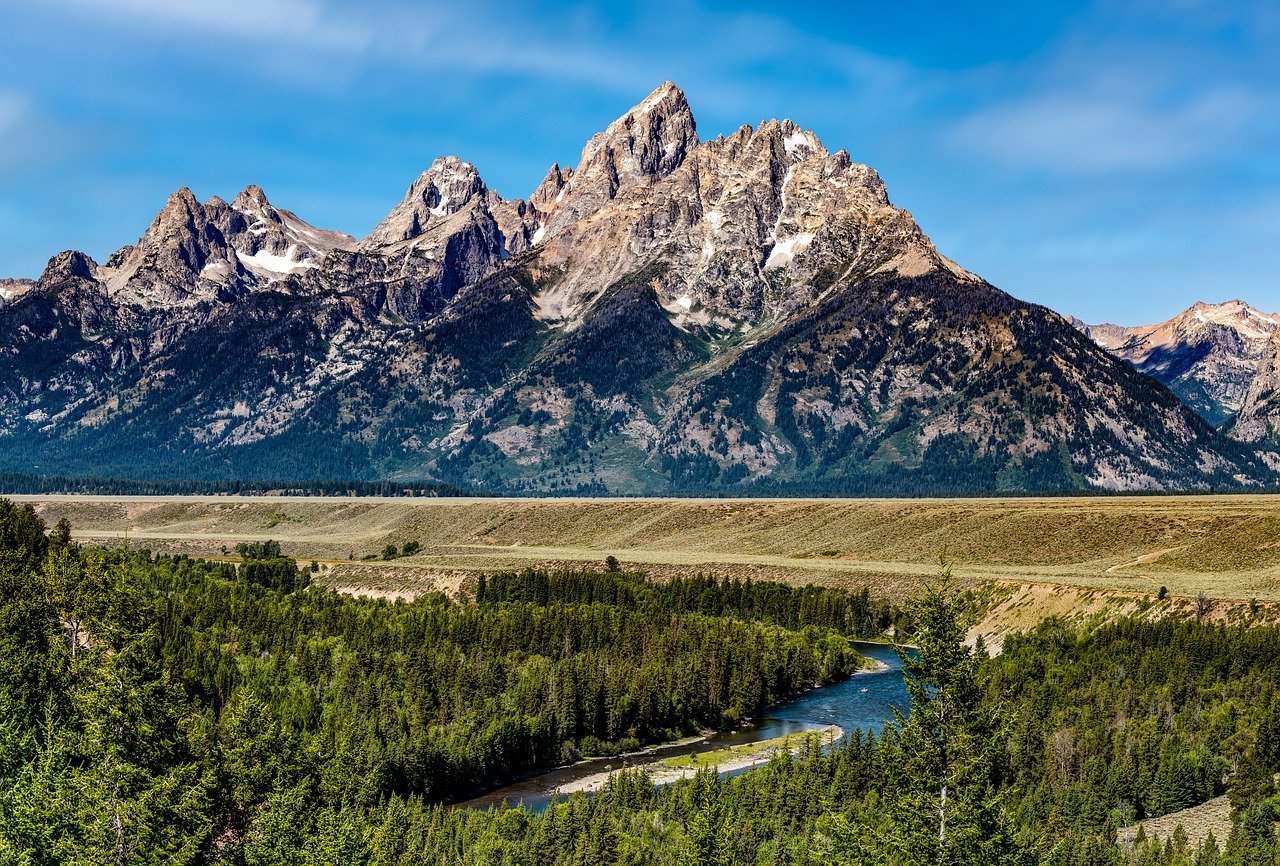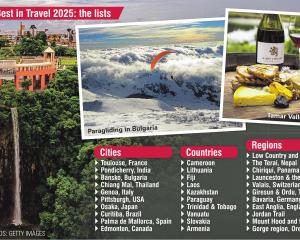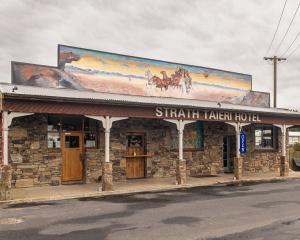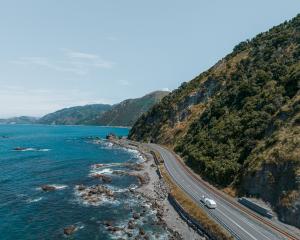
Crossing over into Wyoming from Idaho, the vertigo-inducing Teton Pass, at an elevation of 2500 metres, served up my first eagle’s perspective of Jackson Hole. It’s a mesmerising perspective and searing reminder that this is a land of rugged adventurers and stoic settlers.

The tourist hot-spot of Jackson is a charismatic, exuberant and irrepressibly characterful town, with its covered wooden walkways and saloons on every corner. It may be cliche, but a quintessential Jackson experience is to stroll through Town Square and get your pixel-fill under the iconic antler arches, strung across the four entry points. Each eye-catching arch was made by hand using 2000 elk antlers shed on the nearby National Elk Refuge.

Across the road from the National Elk Refuge sits the National Museum of Wildlife Art, a superlative gallery dedicated to showcasing the beauty of the outdoors. Over 550 artists, including Georgia O'Keeffe, Andy Warhol, and John James Audubon, are represented in the collection that boasts more than 5000 items. Jackson is still a cowboy town, but there’s a flourishing cultural scene here too, with a glittering array of art studios, galleries and top-notch giftware stores that also tout authentic indigenous works. My brother-in-law bought some gorgeous jewellery here for my sister, crafted by Navajo artists.

History is at the heart of the Wort (pronounced Wurt) Hotel, which first opened its doors in 1941. The site had been a livery stable run by 19th-century homesteader Charles Wort, who dreamed of a hotel there. His sons, John and Jess, carried out the plan, even though many locals scoffed at the need for a fancy hotel in Jackson. It soon became a social meeting place for the town. A staple in downtown Jackson, the 55-room property encompasses the idea of timeless hospitality.
On entering the lobby, you’re greeted by a grand timbered staircase, roaring fireplaces, and an assortment of Western art and photographs. The rooms are spacious and appropriately outfitted with Western charm. I had a gorgeous grizzly bear soft toy draped across my bed post.

The fire burned into the night, collapsing the gabled roof and threatening an end to this historic landmark. But after an extensive rebuild, the landmark hotel reopened a year later. The lobby’s grand staircase leads to one of two cosy fireplaces, and more than 200 paintings, sculptures, furniture, and photos are on display.
The guest rooms celebrate the sense of place, warmly dressed in "New West" style, with leather chairs and cowboy-themed art. The hotel’s Silver Dollar Bar is a Jackson institution, named for the 2032 silver dollars inlaid in the bar. Opened in 1950, the bar was built by a German cabinet maker using the uncirculated Morgan silver dollars from the Denver mint. The Silver Dollar Bar & Grill still pulls in the punters, with live music and swing dancing revving up the atmosphere at night.
Wild game abounds in Jackson, with restaurants seducing the experimental palate. Breakfast with a difference? Try the buttermilk biscuits and wild game gravy at the Wort Hotel's Silver Dollar Grill. Shaved and diced bison, elk and boar float atop a thick, salty gravy, obscuring two very large biscuits. Strong, but not at all gamey, the meats mix with accompanying flavours to create a sharp, tangy taste experience.
Just across the hall, have a dabble with the elk sliders and buffalo meatballs at the Silver Dollar Bar.

Part of what makes Jackson Hole so special is its direct access to some of the nation's best national parks. Grand Teton National Park, home to the magnificent Teton Range, sits just north of town. Within the park, you'll find beautiful alpine lakes, hundreds of miles of trails, and plentiful wildlife, including bears, moose, and elk.
Plan your travels for the shoulder seasons. Jackson Hole is less crowded in the spring, and wildlife viewing is at its best with newborn calves and fawns at their mother's side. Early autumn (October and November), before snow poses a threat, is also recommended. With fall foliage all ablaze, elk viewing with the rut in full swing is not to be missed, while bears head down to the valley to gorge on berries, before their big sleep.

Not only is it a preeminent example of classic western homestead architecture, but one of the best views you can savour without hitting the trails — its plains flow seamlessly into the Tetons. Continue on to Moose-Wilson Rd, which is often where you will see moose and bears down in the willow flats.
Oxbow Bend is another go-to wildlife spot, where you might strike it lucky to find moose wading in the wetlands, river otters, pelicans and bald eagles.
Hiking trails lace the park like spaghetti. If you’re visiting in autumn, stake out the Aspen Ridge trail, when the aspen groves are aglow. One of the most popular spots within Grand Teton National Park is Jenny Lake. Dubbed the park’s centrepiece, this dazzling turquoise lake is easily accessible from the eastern shore, with a dreamy lakeside loop trail serving up a dress circle perspective on the serrated peaks of the Tetons, including the Cathedral Group, the tallest peaks in the Tetons.

Reminiscent of the piercing, fanged majesty of Queenstown’s Remarkables, what accentuates the Tetons’ stature is their soaring height, with a long necklace of peaks all thrusting 4000 metres above sea level, which is the elevation of Aoraki/Mt Cook.












